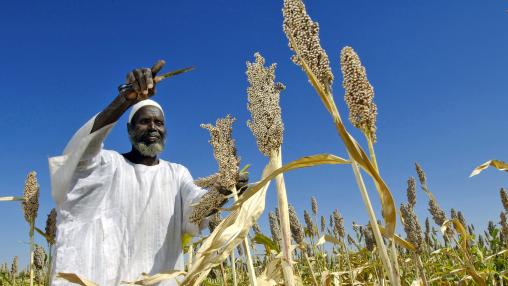
Hunger on the rise across Africa: 2025 State of Food Security and Nutrition in the World report
While declining globally, hunger continued to rise across Africa in 2024. An estimated 307 million people in the region, or more than 20 percent of the region’s population, experienced hunger, according to the 2025 State of Food Security and Nutrition in the World report. This was up from just under 19 percent in 2022 and from 17.4 percent in 2019 before the outbreak of the COVID-19 pandemic. Since 2015 when the 2030 Sustainable Development Goal Agenda was released, hunger has increased in the region by 113 million people.

How countries have coped with recent agricultural trade disruptions
Global agricultural markets have been in a constant state of uproar over the past five years. Trade wars between major trading nations such as China, the United States, and Australia, supply chain disruptions due to the COVID-19 pandemic, Russia’s war in Ukraine, crisis in the Middle East, and export restrictions in many countries have diverted supplies, altered trading patterns, and increased price volatility, which often makes markets less efficient and more costly.
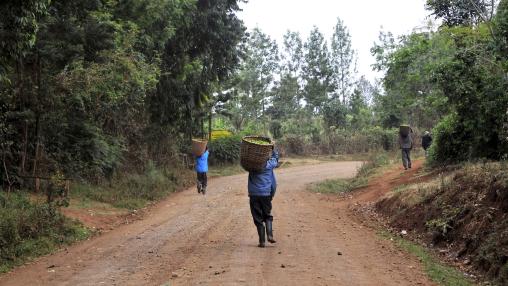
Food Self-Sufficiency Not Enough for Food Security, New Research Suggests
Does Africa need food self-sufficiency to achieve long-term food security?
Not necessarily, according to new research from IFPRI.
With food security continuing to deteriorate across the region and an estimated 600 million people expected to be chronically undernourished by 2030, shoring up Africa’s food and nutrition security has become a priority for the region’s policymakers. This perceived need has been further highlighted by recurring shocks to global food markets, including the 2008 food crisis, the COVID-19 pandemic, and the Russia-Ukraine war.
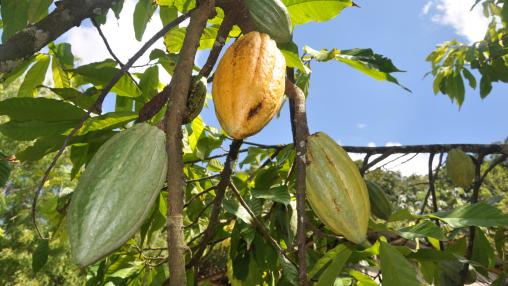
Soaring cocoa prices: Diverse impacts and implications for key West African producers
Cocoa bean prices have been rising since the last quarter of 2023, hitting a record high of $10.97 per kilogram on April 19 (Figure 1). The price spike is due to a significant drop in bean production by major global suppliers—four key producing nations in West and Central Africa account for more than 60% of the world's supply of cocoa beans: Cote d’Ivoire (with 38% of the global production in 2022), Ghana (19%), Nigeria (5%), and Cameroon (5%).1

Soaring cocoa prices: Diverse impacts and implications for key West African producers
Cocoa bean prices have been rising since the last quarter of 2023, hitting a record high of $10.97 per kilogram on April 19 (Figure 1). The price spike is due to a significant drop in bean production by major global suppliers—four key producing nations in West and Central Africa account for more than 60% of the world's supply of cocoa beans: Cote d’Ivoire (with 38% of the global production in 2022), Ghana (19%), Nigeria (5%), and Cameroon (5%).1
Dairy and Nutrition in the Global South: Potential, Progress, and Obstacles Ahead
Malnutrition in early childhood is a major risk factor for premature death and disease, and is associated with 45% of all deaths of children under the age of 5. But malnutrition has important economic consequences too, by delaying learning and slowing down economic growth. Solving malnutrition requires multi-sectoral efforts, including more nutrition-oriented food policies. But how exactly can food policies improve nutrition?
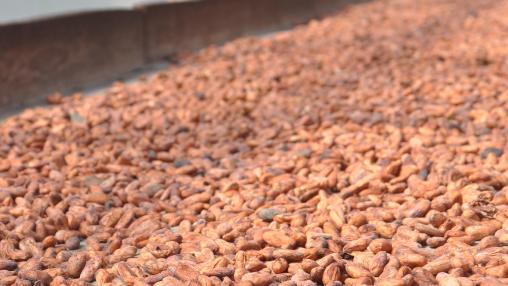
Global cocoa market sees steep price rise amid supply shortfall
Cocoa bean prices have climbed to record nominal levels over the past six months, more than doubling since August 2023 (Figure 1). This price spike has largely been driven by weather-related diseases that have reduced cocoa production in key West African countries accounting for almost three quarters of world supplies.
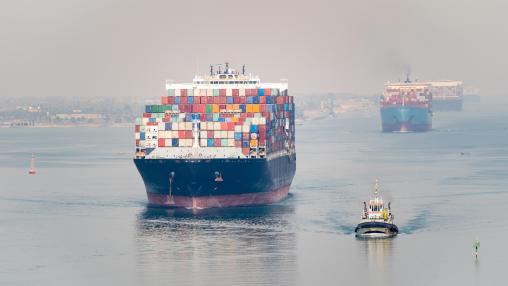
Impacts of Red Sea shipping disruptions on global food security
The recent attacks of Yemen-based Houthi rebels on ships in the Red Sea have paralyzed shipping through the Suez Canal, forcing exporters in the Black Sea region and elsewhere to consider alternative—and more costly—shipping routes. In early January, A.P. Moller-Maersk A/S, the world's second-largest container ship company, announced it would suspend shipments through the Red Sea. Trade volumes in the Suez Canal are down an estimated 40% since the attacks began.

End of the Black Sea Grain Initiative: Implications for sub-Saharan Africa
Russia’s July 17 withdrawal from the Black Sea Grain Initiative (BSGI), has sparked fears of reduced exports of wheat and other key commodities to developing countries, along with other market disruptions.

Russia terminates the Black Sea Grain Initiative: What’s next for Ukraine and the world?
On July 17, Russia announced that it was terminating participation in the Black Sea Grain Initiative, which allowed exports of grains and other agricultural products from Ukrainian ports.